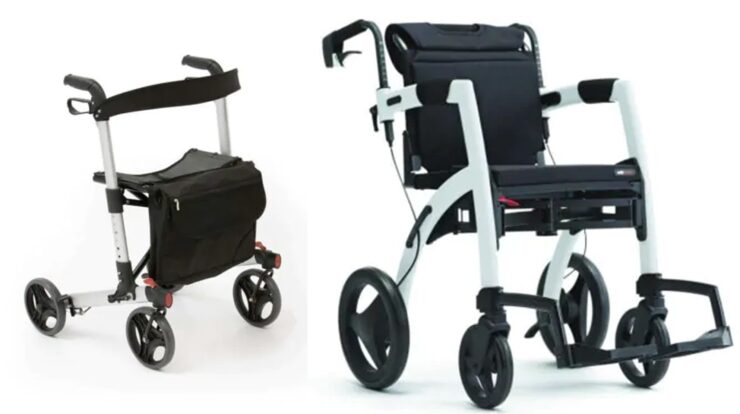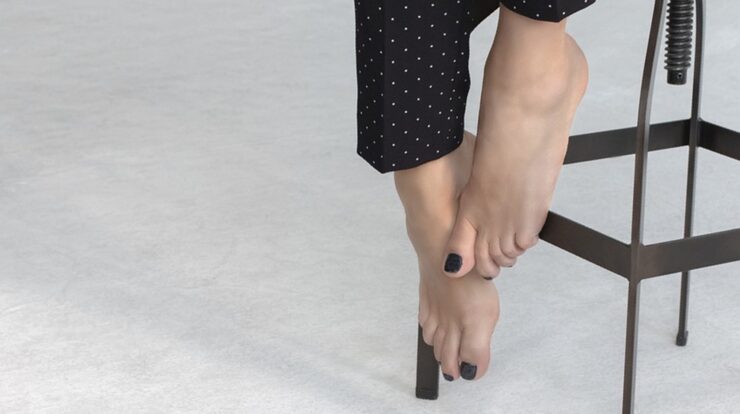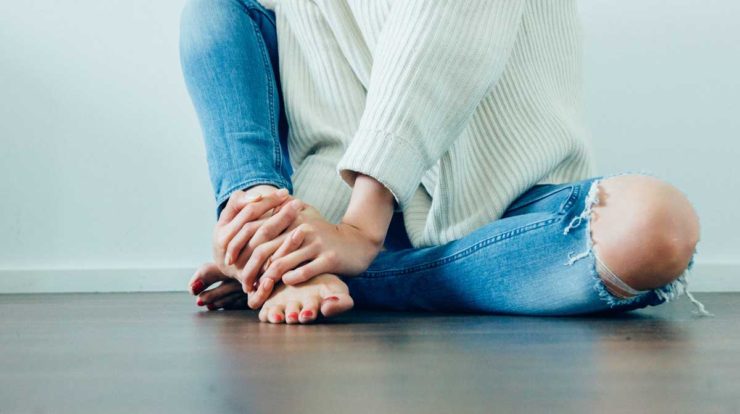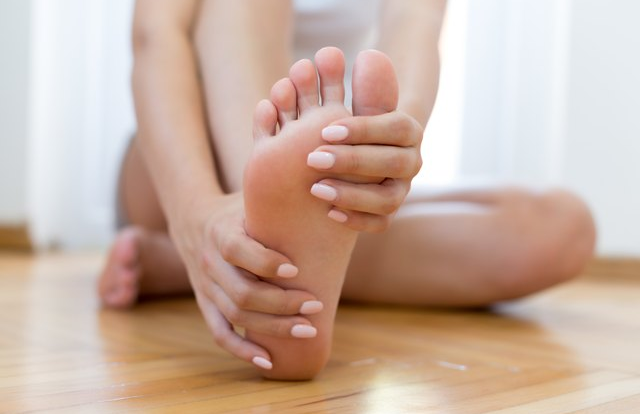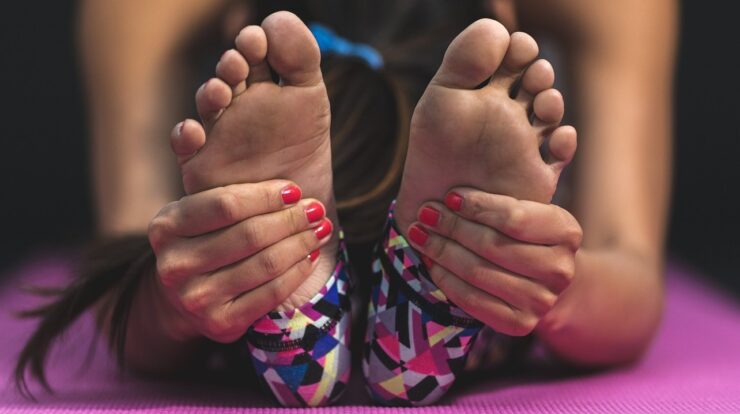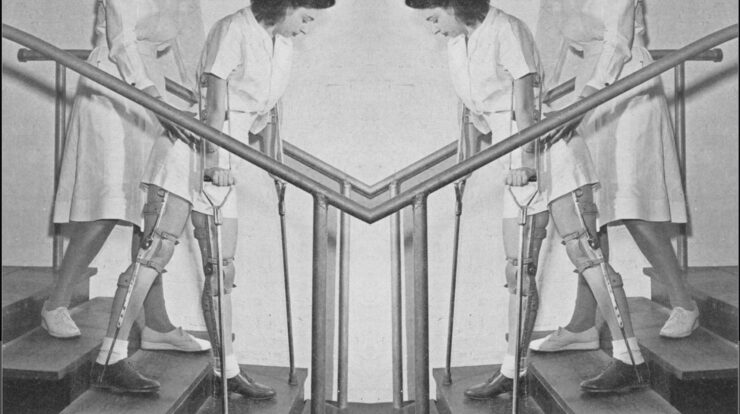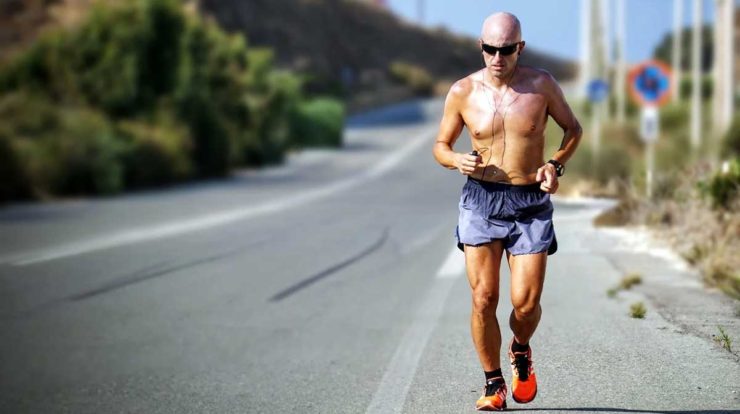
If you exercise frequently, you might have an idea what blisters are. Foot blisters are very uncomfortable and prevent you from being active throughout the day. If you run, bike, or hike, you can understand how blisters can be a barrier while you are in your tracks.
While the painful, fluid-filled blisters have many causes to appear, the most common is friction. Apart from feet, blisters can occur in different parts of your body, especially in the areas where body parts or clothes rub against each other. So, how to prevent blisters on your feet?
You can prevent blisters by preventing chafing. One of the best ways to prevent them from appearing is to pay attention to your feet and take precautions if you do a lot of running, walking, or other physical activity.
Continue reading the article to know more about blisters and how you can treat them to get effective results.
What are blisters?
Blisters are fluid pockets between your skin’s upper layers. Friction, burning, infection, chemical burns, and freezing are the most common causes of blisters. Sometimes, medical professionals call blisters vesicles. Blisters are widespread because of the ill-fitting of shoes.
Wherever there is friction between your shoes and skin, the layers of skin separate and fills it with fluid; there is no question that blisters are uncomfortable, painful, and annoying. However, in most cases, they don’t mean anything serious.
And they are healed without any kind of medical intervention. However, if you notice any unexplained blisters on your feet, it is wise to consult a healthcare provider and seek medical attention.
The epidermis is the cushion that protects the underneath of the skin layer; whenever it is damaged, blisters formed.
Depending on where and how formed, blisters may accumulate with blood, plasma, serum, or pus. Blisters stop further damage to your skin by giving the tissues enough time to heal, wearing well-fitted shoes to avoid exposure to certain conditions or chemicals. That way, your feet remain free from blisters.
What causes blisters on your feet?
Among all the different types of blisters, the ones that appear on your feet are the most common type. These painful, liquid-filled sacs are because of the high temperature that makes your feet swell and sweat. As a result, it causes rubbing against the skin and the shoes.
It doesn’t matter even if you are wearing a comfortable one. Whenever you are running, jogging, walking, or hiking, and your sock is wrinkled, your feet tend to swell. Because of extreme humidity and hot, it causes rubbing and eventually leads to friction.
And it turns into chafing and painful blisters. Many people are unaware that moisture is an essential factor when it comes to developing blisters.
Moisture can come from anywhere, such as from humidity, puddles, rain, and sweat. Because of the moisture, the skin becomes soft, less durable, and vulnerable to getting blisters.
When you get blisters, the topmost layer of your skin pulls itself away from the lower layers and fills it with fluid. Also, moisture causes the socks to become soft. As a result, they become sticky friction magnifiers from protective barriers against your skin.
You can always wear a moisture-resistant wicking sock liner before wearing the heavy pair of socks to reduce the impact of damp socks. But on many occasions, you might still develop blisters even by wearing a sock liner.
Not everyone who runs, walks, or stands for a long time can develop blisters. In many situations, these painful sacs are the result of poorly fitted shoes. Too tight or too loose shoes can easily rub against the skin, causing blisters. Feet blisters develop even after a sunburn.
How to prevent blisters on your feet?
To prevent blisters from happening, paying attention to your feet when you are walking, running, or other physical activity. Chafing should be controlled, and this will further stop the development of blisters. Here are some practical ways to prevent blisters.
How to prevent blisters on balls of your feet?
Having blisters on the balls of your feet makes it difficult for you to walk. The bottom of the foot is the area where the maximum weight of your body falls. Because the ball of the foot is the weight-bearing bones and tendons attach, its subjected to high impact pressure.
The metatarsal heads, which are the ball of the foot, move back and forth under your skin. So, whenever you walk, these heads skid the skin forward and backwards. The pressure and the friction cause blisters. To prevent blisters from occurring in these pressure areas, you can use padding.
All you have to do is cut the padding into a round shape. Next, make a hole in the mid-section and place it around the area where you have the blister. Lastly, cover the padding and the blister with a bandage.
Cushioned insoles can prevent blisters to a great extent. Blisters on the ball of feet are associated with biomechanical and structural issues. Sports medicine professionals use many techniques to change your biometrics. As such, it reduces the chances of having blisters.
How to prevent blisters on the heels of your feet?
Friction inside your footwear is the main culprit of blisters. The heel of the foot is the most prone part of the foot that causes blisters to form.
To prevent blisters from happening on your heels, secure your feet properly inside your shoes. One of the best ways is to opt for suitable footwear with enough space for your feet to breathe.
When you are lacing your shoes, make sure they are loose across the top portion of your feet. And make it tight across your ankle.
Pay attention while you tighten the laces toward your ankle. It is the area where the lace locks down your heels.
Apply significant pressure in this area without compromising the circulation nerves. Tie the laces as firm and tight as you can to make them comfortable. If that doesn’t work, maybe there is enough room inside your shoes to shape your heels.
You can add volume around your ankle and heel. Wear simple, thicker socks to add up the bulk. If this doesn’t work well, replace the existing insoles with a pair that takes much space. High volume insoles lift back your feet upward and eliminate the interior space that is causing your heels to slip and lead to blisters.
Can you stop a blister from forming on your feet?
In general, it is not possible to stop the formation of blisters on many occasions. However, when you take certain precautions and follow them blindly, it reduces the chances of blisters forming sometimes. Try to wear the right shoes so that your feet don’t rub.
New shoes might give you some blisters, but it fades away after some time. Wearing better socks reduce blisters as well. And, if you are doing activities that might develop blisters, it is wise to wear double socks. One layer will give you the required padding, and the other one will soak the moisture.
Also, change the socks when they have become too moist. Reducing friction can help to reduce blisters. You can rub different types of lubricants designed for runners to apply on the feet. While it might be tempting to shave off calluses, they help protect your feet from developing blisters.
Instead of changing your socks frequently, you can use talcum powder in your shoes and socks. That way, it helps reduce moisture. Whenever you are covering long distances, it is good to add more powder throughout the event. Using pads on the affected areas can prevent blisters from forming again.
How to prevent blisters on feet from walking?
For people who walk or hike frequently and are prone to blisters, placing the tape on the affected areas can be beneficial. When you feel that your shoes are rubbing on your feet, there is something you can do to provide care.
Take a piece of wide tape ten inches long. Make your feet dry and clean. Now place the center of the Ace tape on the blister-prone area. Apply the tape smoothly on the site where blister formation is typical. Take special care not to get any folds while you apply the tape.
Next, wrap the two ends of the tap across each other so that the tape sticks together. Then you can cut off the excess tape attached to your feet. Tape your toes and feet around the spots where blisters form frequently. These include little toe, big toe, balls of feet, and heels.
However, if your feet sweat more, there might be a problem holding the tape. So, you can add Benzoin tincture to the taping. It forms a surface on the skin, allowing the ace tape to hold in position. Spread the Tincture over the area where the ace tape is to be applied. Dry it for some time and lay down the ace tape.
How to prevent blisters when running?
There are several methods that you can follow to prevent blisters when you are running. Begin with by using the right kind of socks and running shoes. Specifically designed running socks reduce bister formation by magnitude. These socks draw moisture away from your feet and make you feel comfortable.
The right kind of running shoes is too designed for professional runners so that the pressure points don’t rub. So, choose the right type for your feet. Keeping your feet dry is very effective when running. Antiperspirant or talcum powder is excellent and acts as skin drying agents.
Tape your feet well by locating the blister-prone areas. There are lots of brands of blister tapes, and you can choose the one that suits your fancy. They can remove calluses. Keep in mind that calluses prevent blisters from happening.
The more you run, the more your feet become tight. But this won’t happen overnight. Gradually increase your distances until your feet become tough.
How to get rid of blisters on your feet?
Now that you know how to prevent blisters from happening. But if they grow, you need to take special care to get rid of them.
Blister on the bottom of the foot
Using a pad on the affected area can help you get rid of blisters on the bottom of your feet. Cut the padding into a round shape with a hole in the middle. Next, place it around the blister. Cover the padding and blister with a bandage.
Sometimes it might be necessary to drain the blister to reduce pain and discomfort. Use a sterile needle to pierce the blister and allow the fluid to drain. After that, wash the area with water and soap. Apply petroleum jelly and wait for the blister to heal.
Blister on the heel of the foot
Most blisters tend to heal themselves after a few days; however, it might impact your walking or run if you have a bigger one. So, you need to pop it out. Wash your hands with water and soap. Also, clean the area with rubbing alcohol or water and soap.
Take a sterilized needle and poke the blister with it. Use clean, dry gauze to soak up the blister fluid coming out. Apply an excellent antibiotic ointment over the area and cover it up with gauze and bandage or tape. Wait for several days, remove the dead skin, apply cream and ace bandage until healed.
FAQ
Can Vaseline prevent blisters on your feet?
Yes, you can apply Vaseline to prevent blisters. It is an inexpensive lubricant that many walkers and marathon runners use. Friction causes blisters, and when you apply Vaseline on the affected areas, your feet tend to slide rather than rubbing around. However, they won’t wash out of your socks easily. So, use hard detergent to get rid of them.
Do anti-blister socks work?
Never forget that even when you are wearing a great running shoe, the wrong socks can cause blisters. Anti-blister socks work wonders by soaking away the moisture from your feet and keeps them dry. Also, it gives you an extraordinary running experience.
Conclusion
So, having blisters doesn’t mean the end of the world. Thinking ahead and preparing for the same can help you prevent blisters. Also, it’s equally important to know different ways through which you can treat them. Observe the area in your feet and take necessary precautions whenever you feel that blisters might pop up.
Thanks for visiting our site today. I hope you found the answers you seek and now know how to prevent blisters on your feet, whether walking, running, or jogging. Remember that this site is for informational purposes only and that you should always seek the advice of your medical team.
There are several links throughout this site; some may be affiliate links. We make a small contribution from qualifying purchases.

